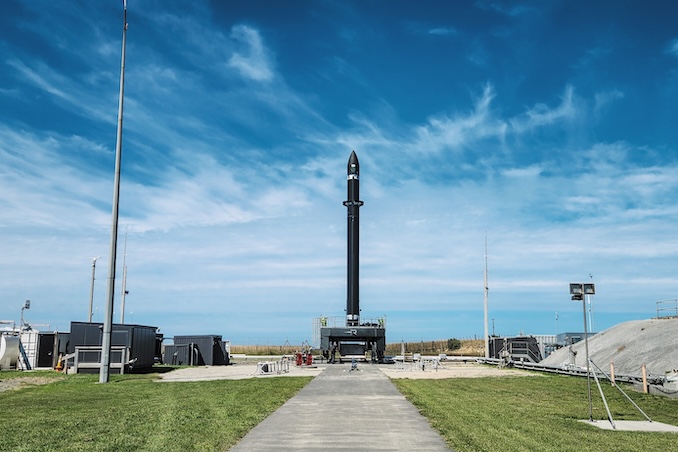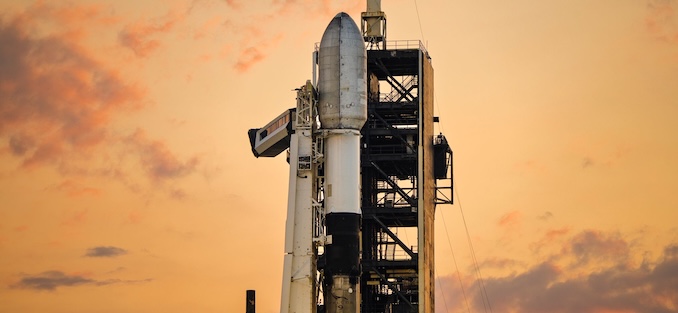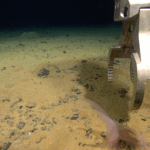Now Reading: Live coverage: ULA to launch ViaSat-3 communications satellite on Atlas 5 rocket from Cape Canaveral
-
01
Live coverage: ULA to launch ViaSat-3 communications satellite on Atlas 5 rocket from Cape Canaveral
Live coverage: ULA to launch ViaSat-3 communications satellite on Atlas 5 rocket from Cape Canaveral


United Launch Alliance is preparing to launch an Atlas 5 rocket Wednesday night carrying a communications satellite for California-based communications company, Viasat.
The 6-metric-ton satellite will be launched to a geosynchronous transfer orbit, deploying nearly 3.5 hours after the rocket lifts off from Cape Canaveral Space Force Station.
Liftoff from Space Launch Complex 41 is scheduled for 10:24 p.m. EST (0324 UTC), the opening of a 44-minute-long window. The rocket will head due east upon leaving Florida’s Space Coast.
Spaceflight Now will have live coverage beginning about an hour prior to liftoff.
On Tuesday, the 45th Weather Squadron forecast a 95 percent chance for favorable weather during the window. Meteorologist cited a small chance for interference from cumulus clouds.
“High pressure will bring fair weather to the Space Coast on both the primary and backup days,” launch weather officers wrote. “For the primary window, a ridge axis over Central Florida will develop light, onshore winds and partly cloudy skies.”
ULA is launching this mission using an Atlas 5 rocket in its 551 configuration. The 196-foot-tall (59.7 meters) rocket is supported by five solid rocket boosters, which combine with the RD-180 main engine to produce about 2.7 million pounds (12 megaNewtons) of thrust at liftoff.
The SRBs will be jettisoned less than two minutes into the flight, followed by the payload fairings about a minute and a half later. It will take three separate firings of the RL10C-1-1 engine on the Centaur 3 upper stage to reach the correct orbit to release the ViaSat-3 F2 satellite.
Following release, the upper stage will be placed in a so-called graveyard orbit nearly an hour later.
This rocket has the designation of AV-100 and will be the 105th Atlas V rocket launched to date. After this mission, ULA will have 11 of these rockets remaining before it is officially retired:
- 6 – Boeing’s CST-100 Starliner
- 5 – Amazon’s Project Kuiper
What’s onboard?
This is the second satellite in the ViaSat-3 series and will operate in geostationary Earth orbit. It follows the launch of the first spacecraft by a SpaceX Falcon Heavy rocket in 2023. That satellite, ViaSat-3 F1, suffered an issue with its antenna, which both delayed the start of service and resulted in a reduced capacity.
Viasat officials said this new satellite will provide Ka-band network capabilities, adding more than 1 terabits per second (Tbps) of capacity to the company’s network over the Americas.
Following months of on-orbit testing at its operating location of 79 degrees West longitude, the ViaSat-3 F2 spacecraft is expected to enter service in early 2026.
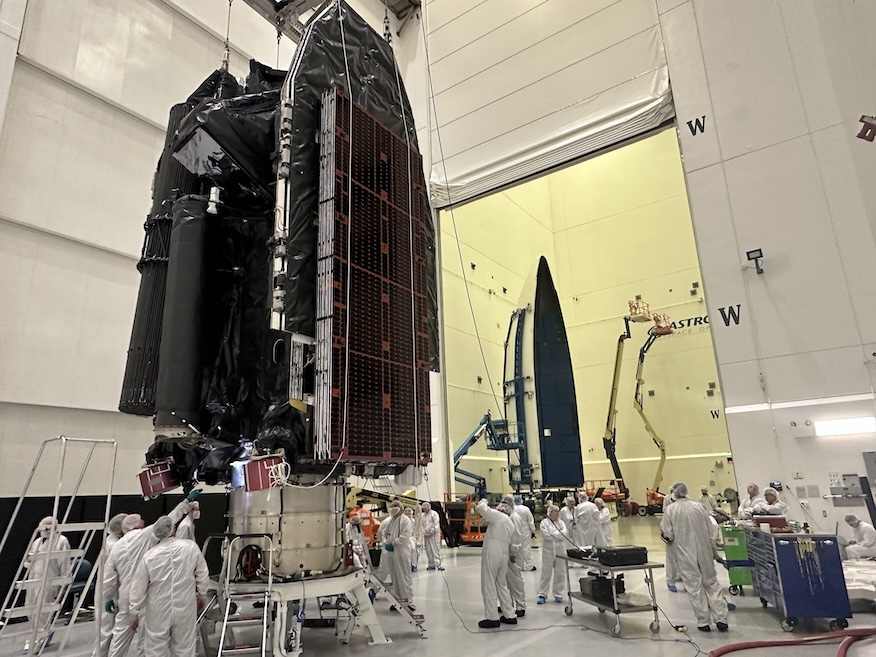
“Beyond an incredible capacity increase, ViaSat-3 F2’s dynamic beam forming capabilities will greatly benefit our customers by efficiently deploying bandwidth to the highest demand places, allowing us to scale performance and the number and density of users,” said Mark Dankberg, Chairman and CEO of Viasat, in a statement. “These capabilities will continue to fuel our successful, multi-orbit service offerings, including service platforms such as Viasat Amara, NexusWave, and a resilient, hybrid SATCOM architecture for government.”
The satellite is built on Boeing’s 702MP+ platform, which uses electric propulsion and solar arrays, the latter of which is from Boeing subsidiary, Spectrolab. Boeing is supporting Viasat in both launch operations and post-deployment checkouts.
“Our goal is to enable missions with reliability and timely delivery,” said Michelle Parker, Vice President of Boeing Space Mission Systems. “With ViaSat‑3 F2, we leveraged proven 702 heritage, advanced power systems and all‑electric propulsion to enable high-speed connectivity for users who rely on it.”
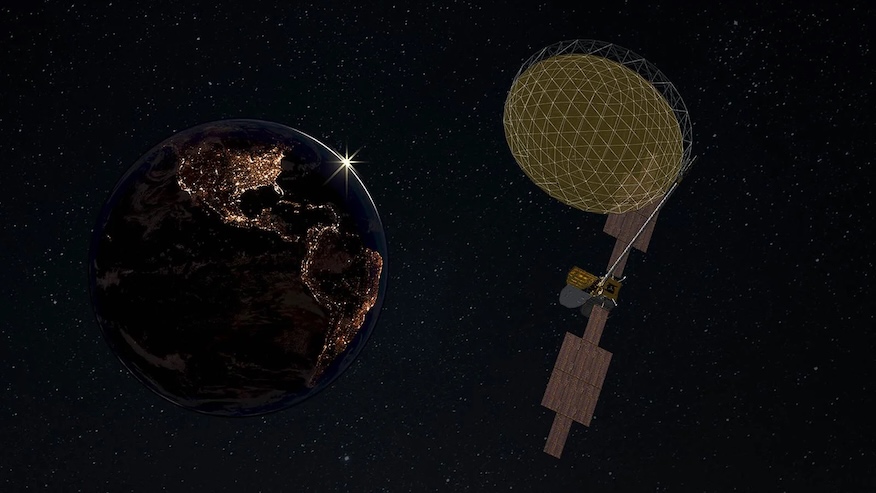
Stay Informed With the Latest & Most Important News
Previous Post
Next Post
-
 012024 in Review: Highlights from NASA in Silicon Valley
012024 in Review: Highlights from NASA in Silicon Valley -
 02Panasonic Leica Summilux DG 15mm f/1.7 ASPH review
02Panasonic Leica Summilux DG 15mm f/1.7 ASPH review -
 03From Polymerization-Enabled Folding and Assembly to Chemical Evolution: Key Processes for Emergence of Functional Polymers in the Origin of Life
03From Polymerization-Enabled Folding and Assembly to Chemical Evolution: Key Processes for Emergence of Functional Polymers in the Origin of Life -
 04How New NASA, India Earth Satellite NISAR Will See Earth
04How New NASA, India Earth Satellite NISAR Will See Earth -
 05And Thus Begins A New Year For Life On Earth
05And Thus Begins A New Year For Life On Earth -
 06Astronomy Activation Ambassadors: A New Era
06Astronomy Activation Ambassadors: A New Era -
07SpaceX launch surge helps set new global launch record in 2024












